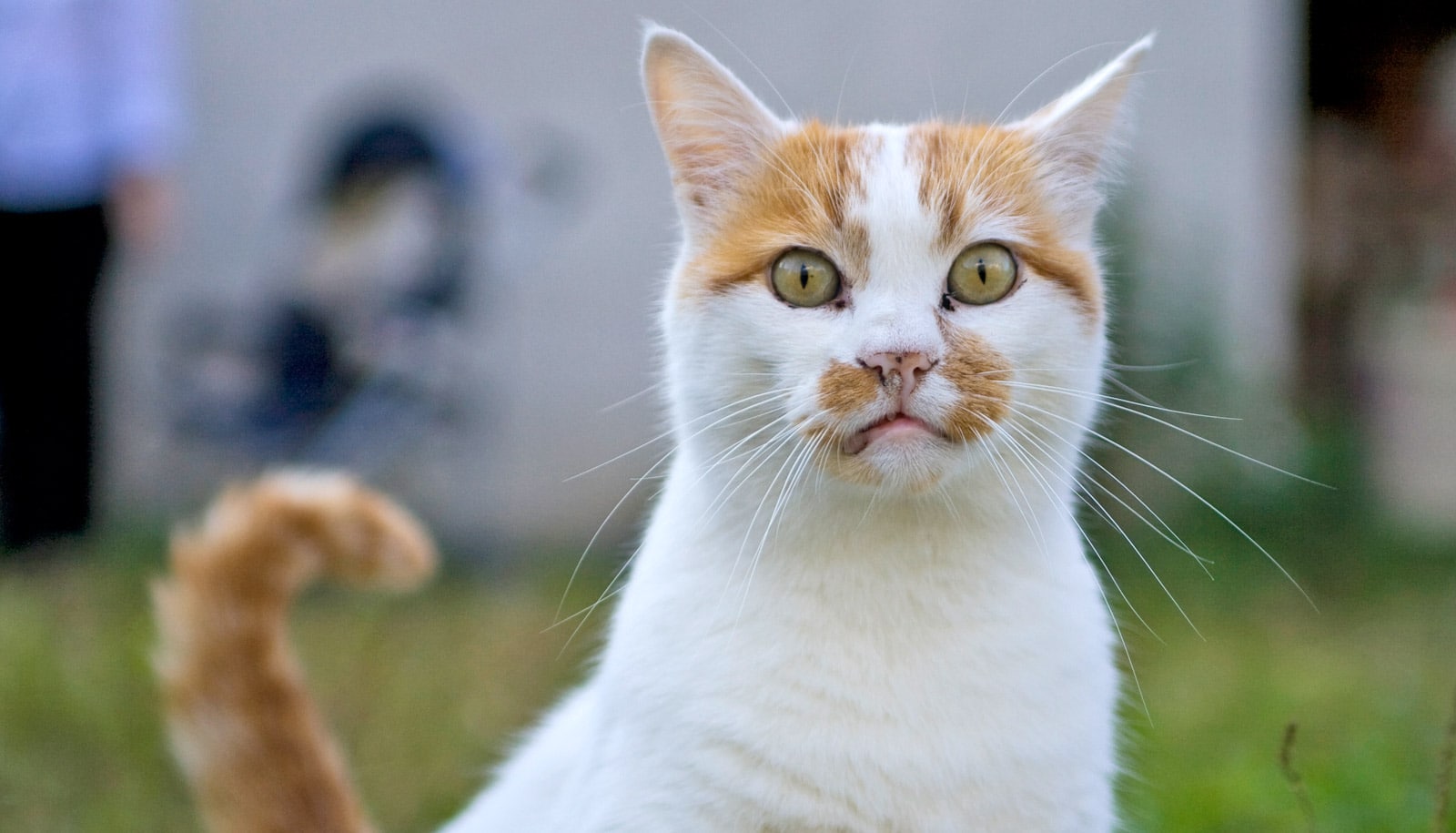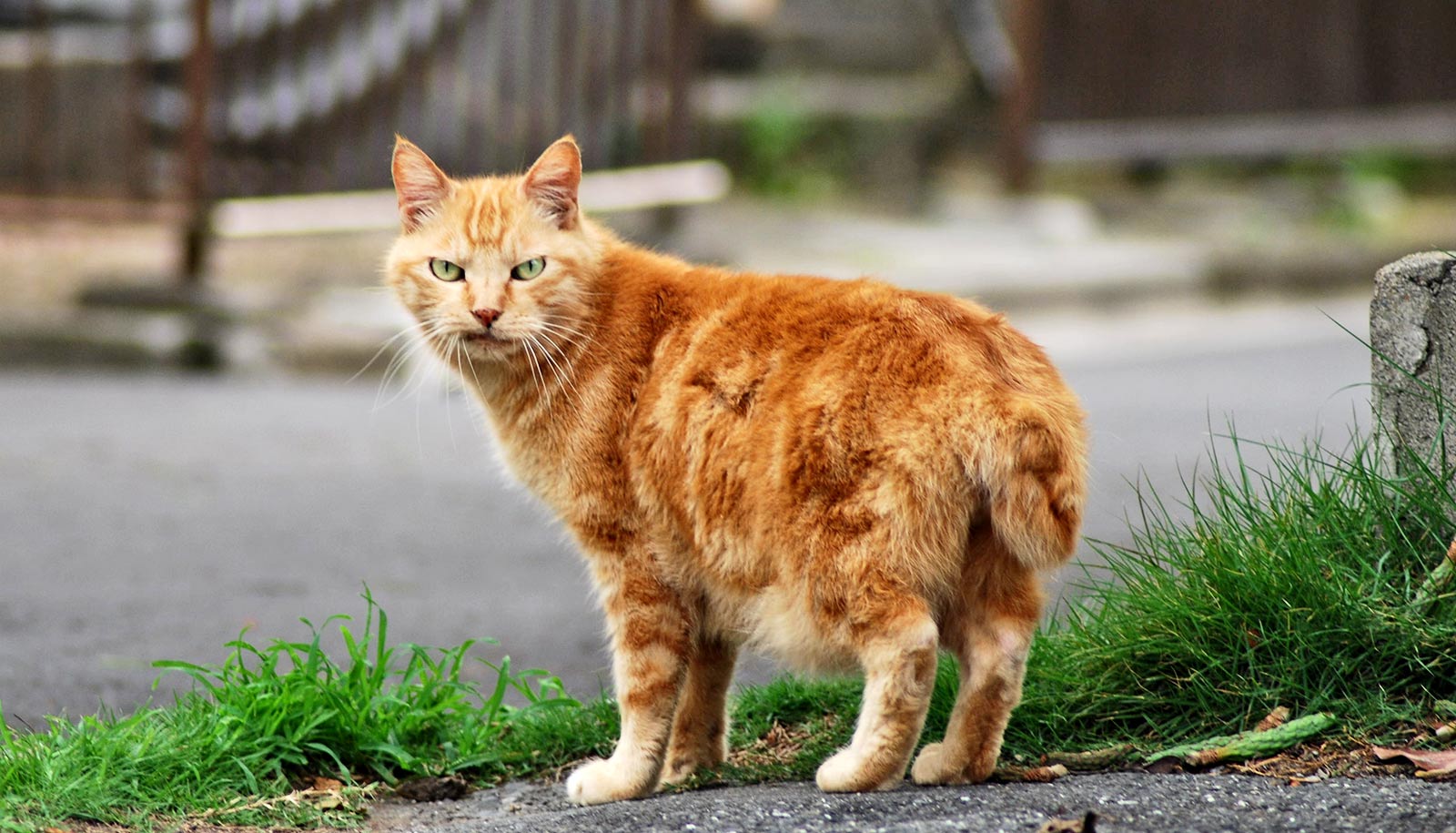A DNA map of a domestic cat with Chédiak-Higashi syndrome helped researchers pinpoint a specific mutation in the gene responsible for causing the rare condition.
Chédiak-Higashi syndrome weakens the immune system and leaves the body more vulnerable to infections, researchers say.
“Similar to finding a specific address, we knew we had the right street but we needed to find the exact house, and modern DNA sequencing helped us find it.”
“Different treatment options target different parts of the gene, so we needed to know which part of the gene was messed up in order to target therapies to the appropriate place,” says Leslie Lyons, a professor of comparative medicine at the University of Missouri College of Veterinary Medicine. “Similar to finding a specific address, we knew we had the right street but we needed to find the exact house, and modern DNA sequencing helped us find it.”
Collaborating with reproduction specialists at the Cincinnati Zoo and Botanical Gardens, Lyons worked with Smokey, a 16-year-old male cat who served as the last biomedical cat model for Chédiak-Higashi syndrome before passing away. Through in vitro fertilization, Lyons was able to use semen from Smokey to resurrect the previously extinct feline disease model.
Learning if cats are genetic carriers of a certain disease can be useful so that breeders are aware of which cats to avoid breeding together in order to prevent their offspring from being affected.
Lyons’ research team is also studying genetic mutations that cause other diseases, such as polycystic kidney disease, a common inherited disorder that affects hundreds of thousands of people each year and can lead to kidney failure. She highlights the value of translational medicine in her research.
“All mammals tend to have very similar genes, so if we find out what causes a disease in cats, then whatever therapies can be used to help cats can potentially be translated to help humans suffering with the same disease,” Lyons says. “Likewise, human research can potentially be translated to help animals as well.”
In addition to translational medicine, Lyons’ research is also an example of precision medicine, or tailoring specific treatments for a patient according to their individual genetic makeup.
The research appears in Scientific Reports.
Funding for the work came from the Office of Research Infrastructure Programs, the Winn Feline Foundation, the University of Missouri Gilbreath McLorn Endowment, and donors to the 99 Lives Cat Genome Sequencing Project. The content is solely the responsibility of the authors and does not necessarily represent the official views of the funding agencies.
Source: University of Missouri



